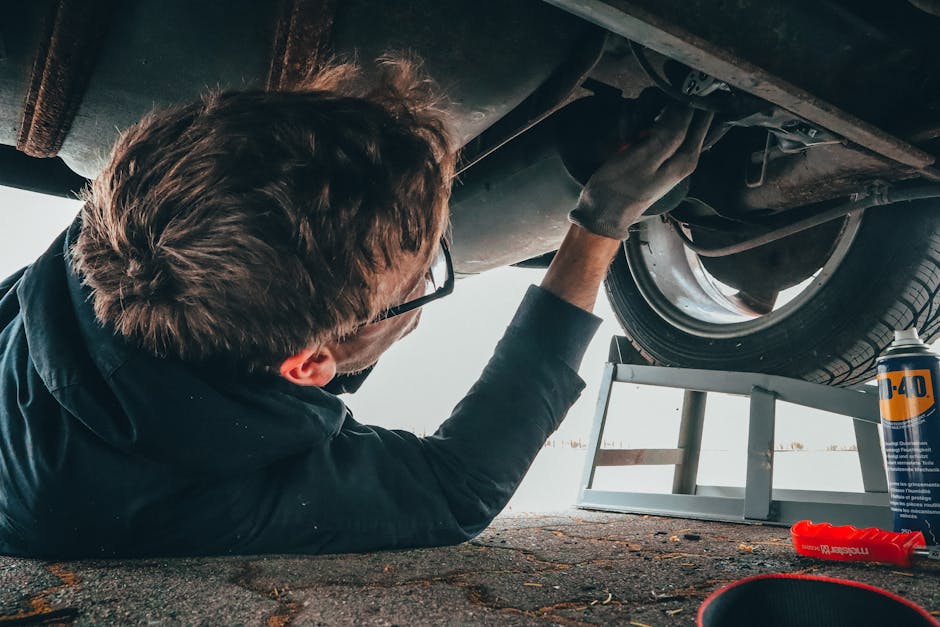 Engine Installment: A Comprehensive Guide for Beginners
Engine Installment: A Comprehensive Guide for Beginners
Installing an engine can look like a difficult job, however with the best knowledge and devices, it can be a gratifying experience. Whether you’re replacing an old engine, upgrading for performance, or simply learning more about automotive technicians, recognizing the basics of engine installment is necessary. This overview will certainly stroll you via the necessary actions to ensure a successful installation.
Before starting the setup process, it is necessary to gather all the required devices and components. Standard devices like wrenches, outlets, and screwdrivers are important, and you may also require specific equipment such as an engine hoist and an engine stand. Furthermore, guarantee you have all the needed replacement components. These might consist of gaskets, seals, and liquids. A well-organized work area will make the process smoother and assist avoid losing tiny components.
When you have every little thing ready, the primary step is to prepare the engine bay. This entails disconnecting the battery and getting rid of any kind of elements that will certainly block the engine’s placement, such as the air consumption, radiator, and exhaust manifold. See to it to label and keep these parts thoroughly. After the bay is clear, you can then continue to remove the old engine if you’re changing one. Thoroughly lower it making use of the hoist, complying with the producer’s guidelines for secure removal.
With the old engine out, it’s time to prepare the brand-new engine for installation. Check all elements and ensure they remain in proper working order. Lube relocating parts, install brand-new gaskets, and make any type of necessary modifications before attempting to put the engine in the bay. When prepared, use the engine hoist to lift the brand-new engine into position. Straighten it with the places and secure it according to the producer’s specs. Double-check that all angles are appropriate to avoid imbalance.
After the engine is secured, reconnect all components that were previously removed. This consists of reattaching the radiator, air intake, circuitry harnesses, and any type of various other links. Be careful, as incorrect connections can bring about performance problems or engine failure. When everything is attached, replenish the liquids and look for any leaks before starting the engine for the first time. A successful engine installation brings a sense of success and can considerably boost the performance of your car.
To conclude, installing an engine is a diverse process that requires appropriate preparation, the right tools, and interest to detail. With persistence and careful implementation, even beginners can efficiently complete an engine installment. This ability not just provides a much deeper understanding of your lorry however additionally equips you to deal with future automobile projects with confidence.
